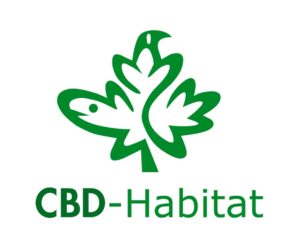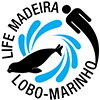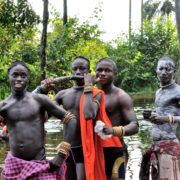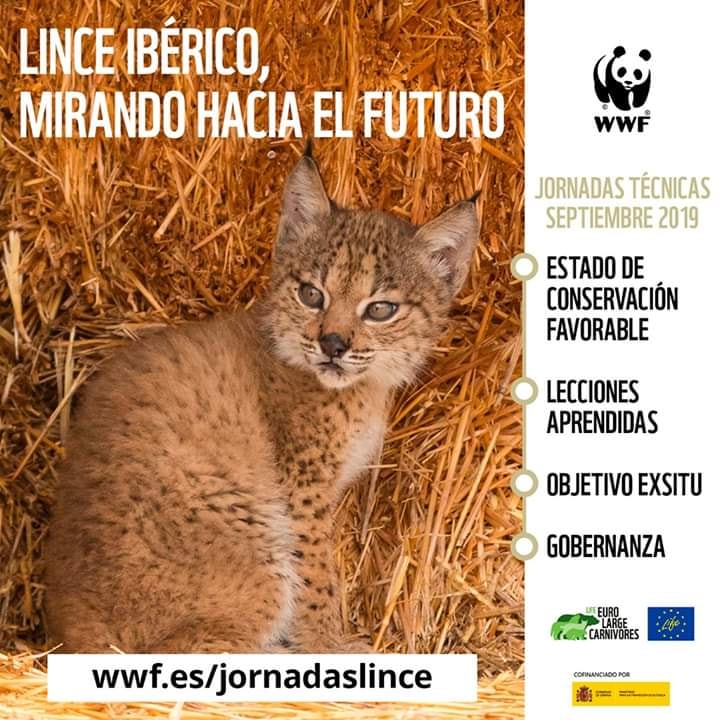EU Biodiversity Strategy for 2030
Why do we need to protect biodiversity?
Biodiversity is essential for life; nature provides for businesses (half of global Gross Domestic Product ,GDP, €40 trillion, depends on nature); the global population of wild species has fallen by 60% over the last 40 years; 1 million species are at risk of extinction; biodiversity loss and the climate crisis are interdependent and they exacerbate each other, etc.
The new EU-wide Biodiversity Strategy will:
- Establish protected areas for at least: 30% of land in Europe, 30% of sea in Europe, with stricter protection of remaining EU primary and old-growth forests legally binding nature restoration targets in 2021.
- Restore degraded ecosystems at land and sea across the whole of Europe by: increasing organic farming and biodiversity-rich landscape features on agricultural land, halting and reversing the decline of pollinators, reducing the use and risk of pesticides by 50% by 2030, restoring at least 25 000 km of EU rivers to a free-flowing state, and planting 3 billion trees by 2030.
- Unlock €20 billion per year for biodiversity through various sources, including EU funds and national and private funding. Natural capital and biodiversity considerations will be integrated into business practices.
- Put the EU in a leading position in the world in addressing the global biodiversity crisis. The Commission will mobilise all tools of external action and international partnerships for an ambitious new UN Global Biodiversity Framework at the Conference of the Parties to the Convention on Biological Diversity in 2021.
The business case for biodiversity: more than half of global GDP, some €40 trillion, depends on nature; 3 key economic sectors (construction, agriculture, food and drink, and they generate more than €7 trillion), and for example benefits of the EU Natura 2000 nature protection network are valued at between €200-300 billion per year.
The economic and social costs of inaction include: the world already lost an estimated €3.5-18.5 trillion per year in ecosystem services from 1997 to 2011, and an estimated €5.5-10.5 trillion per year from land degradation. Biodiversity underpins EU and global food security; biodiversity loss risks put our food systems and nutrition at risk. More than 75% of global food crop types rely on animal pollination. On average, global mean crop yields of rice, maize and wheat are projected to decrease between 3% and 10% per degree of warming above historical levels, etc.
The Natura 2000 network has been estimated to support 104,000 direct jobs in protected areas management and conservation activities and 70,000 more indirect or induced jobs. This is based on annual investment of €6 billion for management and restoration of the network. In the future, it is expected that biodiversity needs could generate up to 500,000 jobs. Of the 25% of the EU budget dedicated to climate action, a significant proportion will be invested in biodiversity and nature-based solutions.
More information:



Mediterranean Monk Seal and the Convention on the Conservation of Migratory Species of Wild Animals
The size of the Mediterranean Monk Seal population of Mauritania’s Atlantic coast is recovering after centuries of continuous decline. The species’ largest colony in the Cabo Blanco peninsula has more than tripled since 2004. Thanks to the effective implementation of a regional Action Plan, it now numbers 360 individuals. Two decades ago, the Cabo Blanco colony was on the verge of extinction, but the Action Plan under CMS has managed to turn the tide. A similar programme is now emulating the successful strategy for the conservation of a smaller colony of the species in the Madeira islands. The Mediterranean Monk Seals (Monachus monachus) used to thrive throughout the entire Mediterranean Sea—from the eastern Atlantic Ocean to the Black Sea. From the 15th century, the seals were hunted for their fur, skin, meat and blubber. These massive persecutions, along with rapid development of coastal areas, decimated a large portion of the species and drove the remaining populations—formerly used to resting and breeding on open beaches– into secluded off-shore caves. At the outset of the 20th century, the species seemed to have gone extinct, until the colony alongside the Cabo Blanco peninsula was discovered in 1945. Half a century later, during the 1994 COP meeting in Nairobi, the CMS Parties encouraged the Range States to embark on a concerted action for the conservation of the Monk Seals, following the Scientific Council’s earlier recommendation. To monitor progress, the Parties agreed on a formal review process to take place in subsequent COP meetings. Then in 1997 an outbreak of algae toxins in the food-chain caused a massive die-off in Cabo Blanco, ultimately killing around 200 seals— two thirds of a colony which had formerly numbered 350. This mass mortality rendered conservation measures to protect the remaining animals all the more urgent.
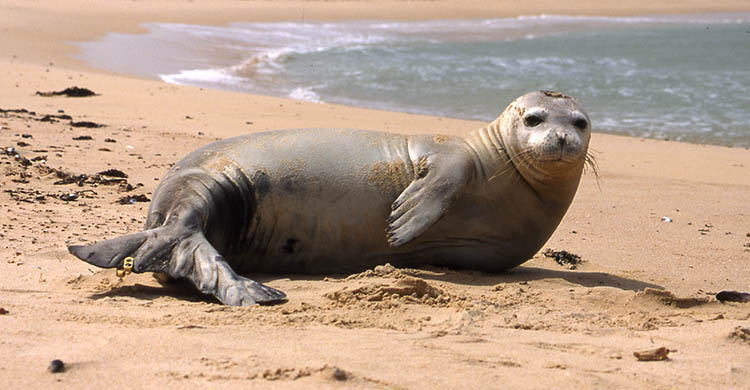
Under the CMS framework, Spain initiated an Action Plan in 2000 and has implemented it together with Mauritania, Morocco and Portugal. In 2007 the four countries concluded a Memorandum of Understanding (MOU) to provide an intergovernmental legal and institutional framework for the further implementation of the existing action plan.
The Spanish Foundation ‘CBD-Habitat’ has led the programme since its inception and has carried it out in cooperation with the Mauritanian NGO “Annajah”. The programme is based on three pillars:
- A 7km coastal stretch has been designated as a national reserve (“Costa de las Focas” – “The seals’ coast”). This is a succession of cliffs with inaccessible sandy caves where the seals breed and rest. Fishing activities in the surrounding waters as well as people’s access to the cliffs have been banned.
- Educational programmes have increased awareness among local communities and provided artisanal fishermen with training in safe and sustainable fishing.
- Thirdly, the deployment of new technology facilitated close monitoring of the seals. High resolution cameras capable of self-cleaning and self-repairing and adapted to rough waters were placed inside the breeding caves. GPS trackers attached to the rear flippers of the seals disclose their movements at sea. These help close knowledge gaps and improve protection of the colony.
So far, the Action Plan has yielded impressive results. The size of the Cabo Blanco population has now exceeded the pre-1997 level. Monk Seals are once again making regular use of open beaches across the reserve to breed, while the birth of the first seal pup on an open beach ten years ago was greeted by conservationists as a sensation.
More information
MoU on the Mediterranean Monk Seal
Convention on the Conservation of Migratory Species of Wild Animals:
https://www.cms.int/en/news/mediterranean-monk-seal-back-brink
https://www.miteco.gob.es/es/biodiversidad/legislacion/leg-internacional-bonn.aspx
https://www.un.org/ruleoflaw/es/un-and-the-rule-of-law/united-nations-environment-programme/
CBD-Habitat Foundation
https://2020.cbd-habitat.com/foca-monje-del-mediterraneo/
https://www.mediterraneanmonkseal.org/?page_id=44
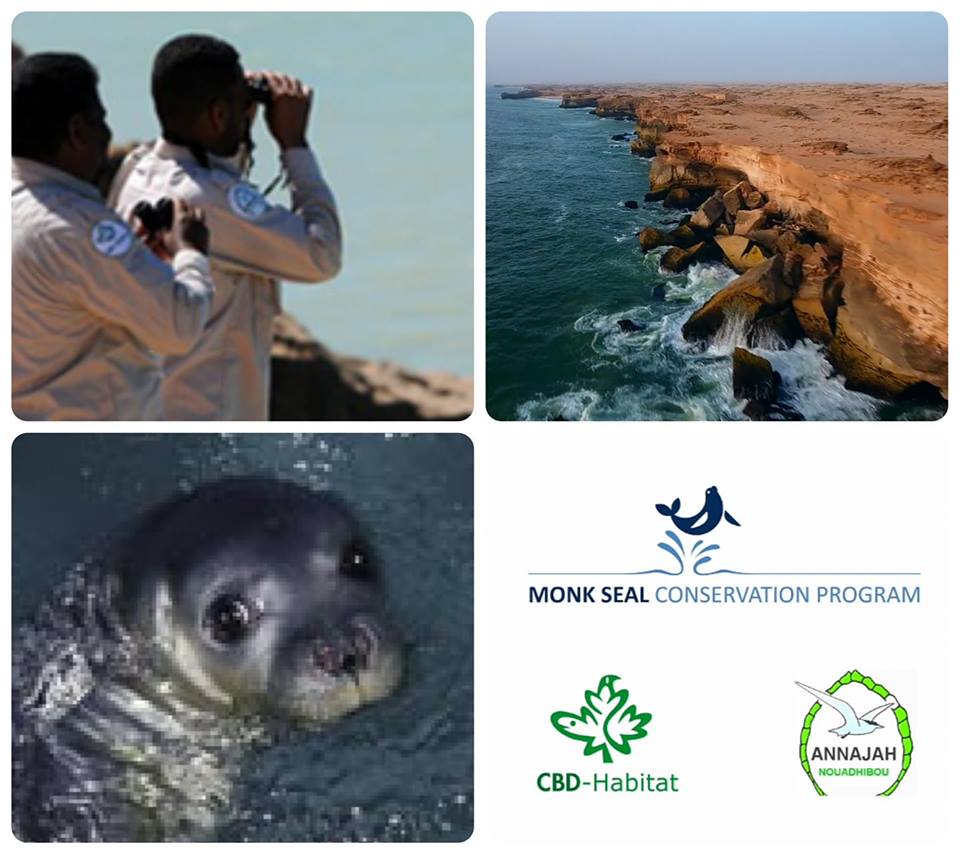
Thanks to Itzik Pazuelo, during his internship at the Joint CMS + AEWA Communications Unit.
Project for the conservation of the monk seal in Madeira, Portugal
Our “LIFE Madeira Monk Seal Project” (LIFE13NAT/ES/000974 “Madeiramonkseal”) is coming to an end. The project, executed by Fundación CBD-Hábitat together with Instituto das Florestas e Conservação da Natureza, RAM from 2014 until the end of 2019, has achieved impressive results in monk seal conservation at Madeira archipelago.
The main objective of the Project is to improve awareness and conserve the monk seal in the Madeira archipelago in order to ensure its long-term survival.
The main aims of the “LIFE Madeira Monk Seal” project have been:
- To provide greater protection for the sites used by the monk seal.
- Reduce the threat and disturbance caused by fishermen, tourism operators, tourists, and the general population.
- Increase the Madeira Natural Park Service’s capacity to intervene in the event of threats or dangers to the seals and adopt a conservation plan for the monk seal in Madeira.
- Develop a conservation status surveillance system for the species and its habitat in Madeira, using non-invasive methods.
The project results and the presentation of the Monk Seal Conservation Action Plan at Madeira will be presented today 27th of november in Funchal, Madeira.
More information:
https://2020.cbd-habitat.com/en/foca-monje-del-mediterraneo/
https://www.mediterraneanmonkseal.org/
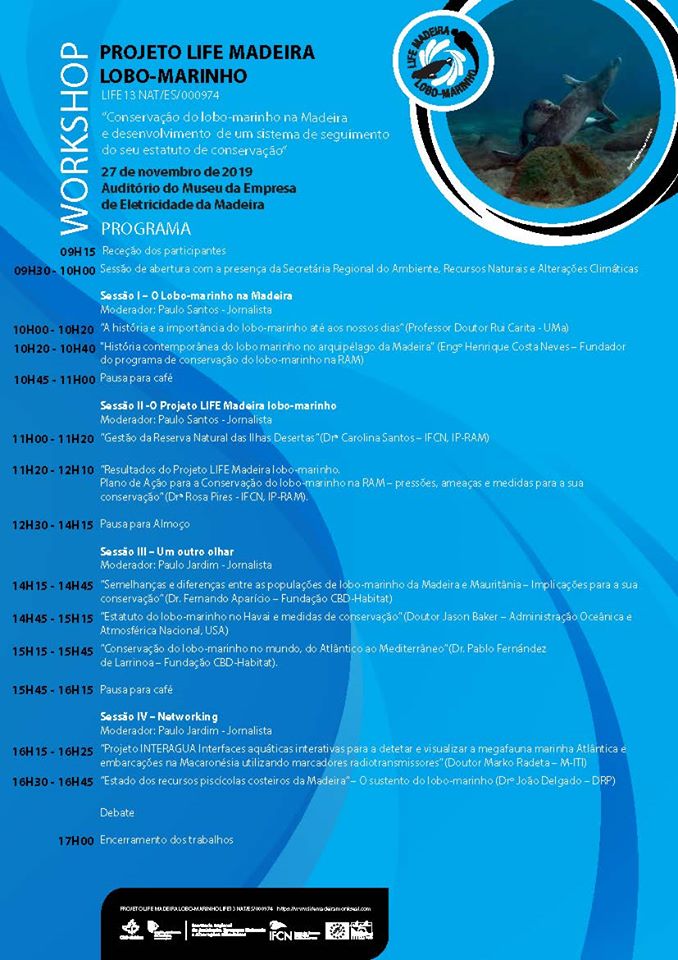
Ethnology of the Bijagó culture, Guinea Bissau
In addition to the natural heritage, the Bijagós Islands retain an exceptional cultural heritage. The magnificent state of conservation of the archipelago is due to traditions. Because of their beliefs, the Bijagó have their own natural reserves, forests and islands that are untouchable because they are sacred, and where they cannot cultivate, hunt, or bury the dead. Among its symbolic animals are the manatee and the turtles, along with sharks, rays, hammerhead fish and sawfish, beings that they respect and revere.
The Orango Parque Hotel is not just a tourist establishment; it functions as an ecotourism development center in Guinea Bissau National Parks, and particularly in the Bijagos Islands and Orango and Vieira Poilao National Parks. The hotel is also the base of many collaborative projects developed together with IBAP (Instituto da Biodiversidade e das Áreas Protegidas) within the park: conservation projects targeting the manatee and hippopotamus populations in the region, projects designed to reduce conflicts between local people and wildlife, and projects that construct wells or renovate community health centers, among others.
The Bijagó population maintains a strong cultural identity, due to insularity and isolation. The deep respect for their animistic traditions has allowed them to preserve a society with matriarchal structures. They are calm, smiling, hospitable and friendly people, and they have great ethnographic interest.
More information:
https://2020.cbd-habitat.com/wp-content/uploads/2018/07/Bijagos-culture-booklet.pdf
https://2020.cbd-habitat.com/ecoturismo-parque-nacional-de-orango/

Conclusions of the Congress “The Iberian lynx: looking towards the future”
Conservation objectives have been established, it has been emphasized that ex situ breeding centers must continue at full capacity until at least 2030, it has been suggested an “Iberian Lynx Strategy” and a better Governance system.
More information, conclusions, and presentations:
Favorable Conservation Status of the Iberian Lynx
Calculation of potential suitable hábitat in the Iberian Peninsula and Natura 2000 network
Genetics and management of the Iberian Lynx
Identification platform for the Iberian Lynx
The Iberian Lynx ex situ Conservation Program and the FCS: How we get ther
Improving our Governance systems
